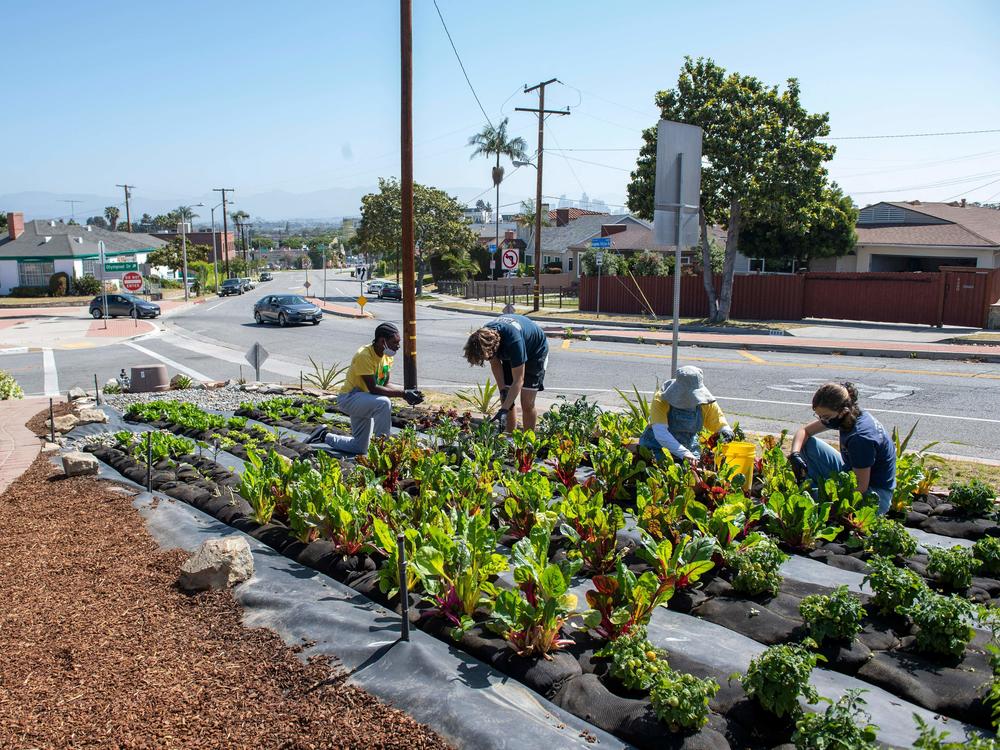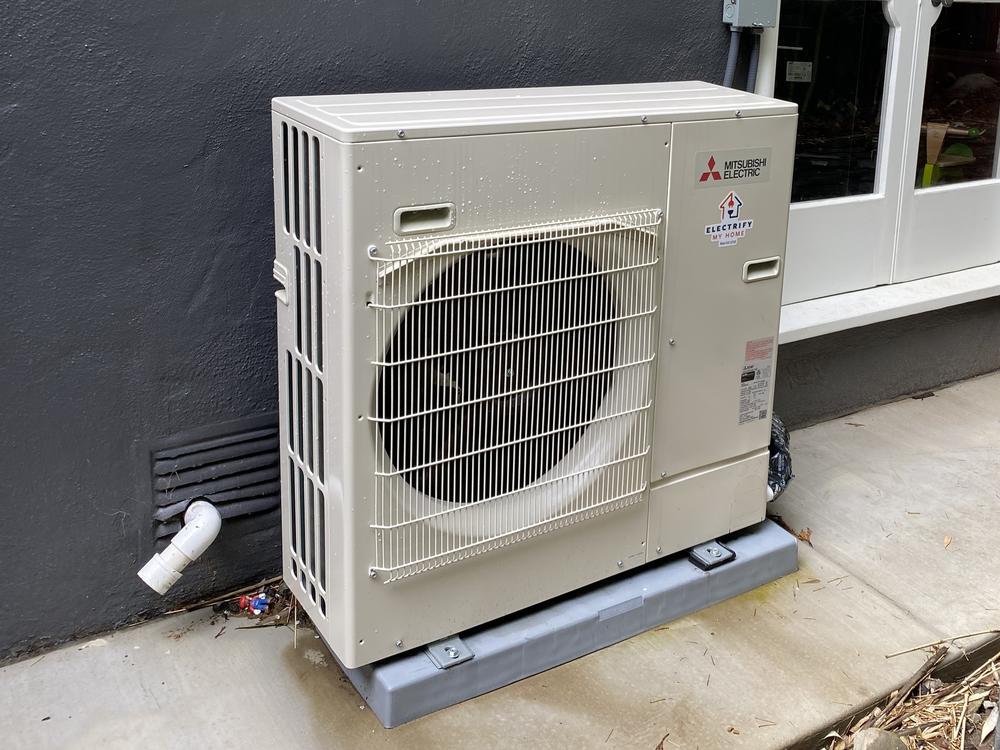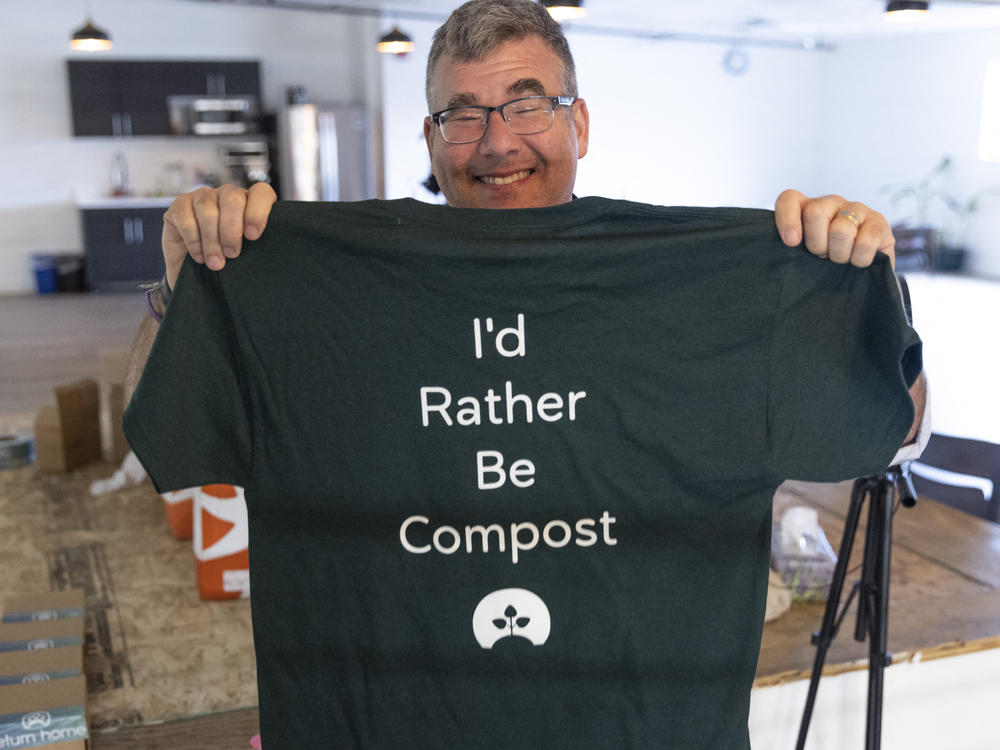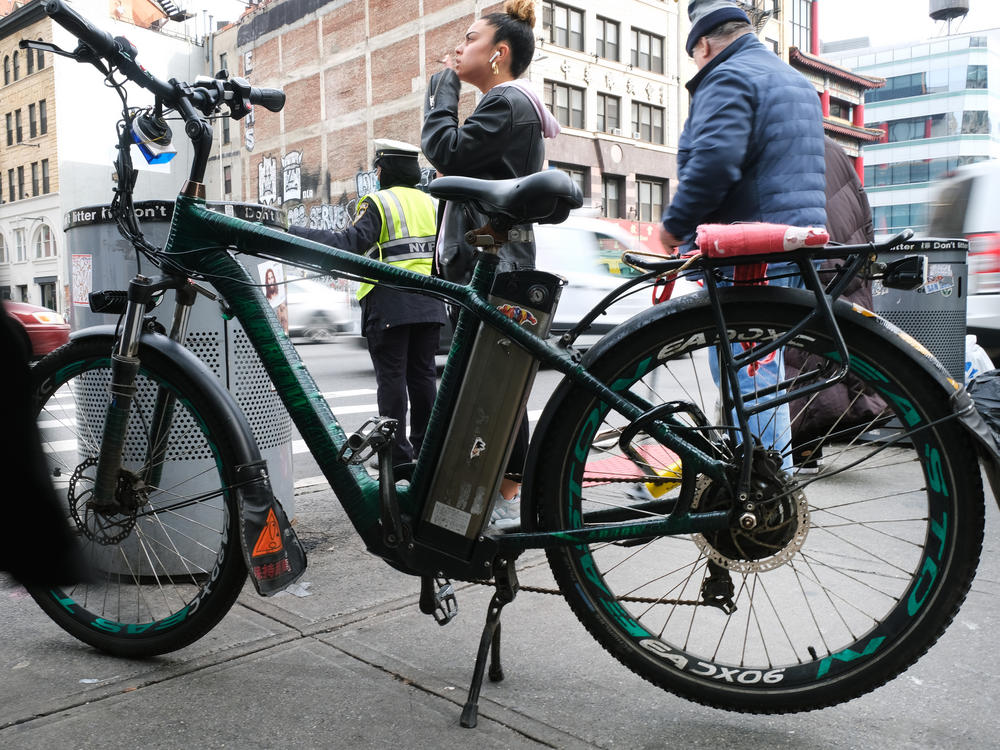Loading...
Section Branding
Header Content
Individual actions you can take to address climate change
Primary Content
Humans are driving climate change. And that means we humans can change our trajectory. While governments and businesses have a key role to play in reducing planet-heating emissions, individual actions matter, too.
Many solutions can feel overwhelming, or far beyond what one person can tackle (on top of the everyday challenges of life).
Across the NPR Network we've been reporting on individual actions that can make a positive impact and what you need to do to get started.
We've gathered a bunch here. Some require a little planning (think major home appliance replacement), while others might mean one less thing on your weekend to do (like skipping raking your leaves this fall).
Some are suited for homeowners, others are doable if you're renting, and others still are general guidance for any stage of life. We've broken them down by indoor, outdoor and on-the-go actions to help you find what's right for you at this moment.
INDOOR
If you've got AC, make sure you're using it right. Engineers say most air conditioner systems are only designed to keep indoor temperatures about 20 degrees cooler than outdoors. So the hotter the air, the more effort your unit is putting in to bring the temperature down and the more power it's consuming. Here are five ways to make sure you are getting the most out of your unit.
Upgrade your gas furnace to a heat pump. Heat pumps both heat and cool your home, while reducing gas usage in your home and the risk for methane leaks. While they can help you cut down on energy costs, switching to a heat pump is a major investment. Make sure to check and see if there are any local rebates (like this one for Washington residents or these incentives in California) you could be eligible for if you start to budget for one. There are also federal credits of up to $2,000 for efficient heat pumps that could help with the investment. Renters might also be able to get credits.
Keep your home safe from smoke. As smoke reaches new areas of North America, you may be wondering how to keep your air safe during wildfire season. Parts of the country that have been navigating wildfires for generations have some tips to share.
Switch to electric cooking. Not only is gas-powered cooking releasing harmful chemicals into the environment, but it could be contributing to health problems for you if you're cooking indoors. Plus, research has shown gas stoves can leak pollutants even when they're off.
If replacing your stove seems out of reach, check to see whether your area might offer assistance to bring down the cost (Sacramento wants all gas appliances out by 2045) or switch at least part time to an electric hot plate.
There are solutions gas stove makers could take toward reducing the risk — here's how. Plus, all your gas and induction stove questions, answered.
Stay cool without an air conditioner. In many parts of the country central air is not common, especially in residential buildings. As climate change causes temperatures in many areas to rise, staying cool has required some creative solutions. Here are six life hacks from India on how to stay comfortable and safe even when temperatures rise.
Save money on your utilities. Isn't it great when you can save money while helping the environment? For example, in Los Angeles the Department of Water and Power will help you cover the cost of adding a water-monitoring system to your home so you can track usage by the hour vs. the bimonthly breakdown you get on your bill.
Eat more sustainably. While it does depend on where you are and what's locally available, there are some general guidelines you can follow with the planet in mind when it comes to eating. First, be mindful of your meat. Cows create a lot of methane (a significant driver of global climate change). As WBUR reported: One study found swapping out beef with almost anything else for one meal a day can cut a person's dietary carbon footprint by 48%.
Then, address your food waste. Cut down on what you throw away (wilted basil can become pesto; scraps can become compost). And watch out for single-use items like coffee pods that generate greenhouse gases to produce the individual-serving packaging.
Looking for more on sustainable eating? WBUR has a whole newsletter about it.
Fix what you have instead of replacing it. Shoes, clothes, furniture and even some electronics can be repaired to extend their life and keep waste out of landfills. WUWM has a roundup of businesses that can help in the Milwaukee area and can serve as inspiration to find resources in your community. And whenever possible, consider purchasing secondhand items when it's in your budget to do so.
OUTDOOR
Don't bag your leaves. First, it keeps almost 8 million tons of leaves out of landfills. Second, it will help keep your grass healthy. The time it gives you back this fall is an added bonus!
Make use of your yard. In parts of the country where water usage is a top concern, you can get paid to replace your lawn with native plants or shrubs (like this program in Utah). If you're attached to the look, set your mower blade higher and leave the clippings where they are to help fertilize your grass. If you're in the mood for a change, add an edible garden or plants native to your region that will require less care. Some, like clover, help balance the soil and pull nitrogen out of the air. Where available, learning from the regenerative practices used by Indigenous communities can be a great start. At the end of the season, saving seeds can both save you money and help preserve varieties in the face of a changing climate.
Plant for pollinators. Selecting plants that support local pollinators can be a quick action that can have a big impact. Here's a list of plants you can add to your garden, or even a window box or container that will help. This Kansas backyard gardener is even trying to turn her harvest into a second income.
Where you can, plant trees. Trees can help control temperatures and improve air quality and the health of your yard. Just make sure the plants you're adding are approved for your area. Local wildlife organizations or cooperative exchanges often have lists of plants with neutral or positive impacts on the local flora and fauna, like this list from Idaho's Fish & Game.
Leverage your roof. Earlier this summer, the fire that devastated historic Lahaina in western Maui left a red-roofed house relatively unscathed. The owner credited the house's miraculous survival, in part, to the specially designed metal roof added during a recent renovation.
If cutting down cooling costs is a top concern in your area, research suggests painting your roof white could be a cost-effective way to reduce summer heat.
And depending on your sun exposure, rooftop solar could be a long-term investment to lower energy costs and reduce your home's reliance on nonrenewable energy. Make sure to check local rebates and incentives that could lower the upfront costs.
Here's a breakdown of the costs to help you budget if you're in the Mountain West, plus a closer look at community solar efforts in California for areas where rooftop solar is out of reach.
Weigh the impact of your final resting place. While natural or green burials (which can cut down on the carbon and energy used to prepare a body for burial) have been a thing forever, and are the custom in Jewish and Muslim burials, the process is new for a lot of cemeteries in the U.S.
ON THE GO
Assess your commute. For many, purchasing a new car is not in the budget, which makes switching to an electric vehicle or hybrid car out of reach in the short term. And with the high cost of living pushing some to move farther from work, commuting can be a big factor in our individual impact on the environment. One solution being adopted by some commuters is electric bicycles.
Colorado is already offering a statewide e-bike rebate to help lower the upfront investment costs, and places like Washington, D.C., and Washington state are weighing similar rebates for residents. Just make sure to charge any lithium batteries properly to reduce the risk of fire.
Plus, in regions of the country where public transportation systems are sparse, communities are coming together to provide affordable ride-sharing services to residents who need help getting around.
Looking for more? StateImpact Pennsylvania has put together this guide with even more ideas and details on where to start.
NPR's Emily Alfin Johnson produced this piece and NPR's Arielle Retting edited this piece, which includes reporting from member station newsrooms across the country.
Copyright 2023 NPR. To see more, visit https://www.npr.org.




